異才発掘プロジェクトROCKET
Tokyo University’s ROCKET Program
駒場 / 研究所
Komaba / Laboratory
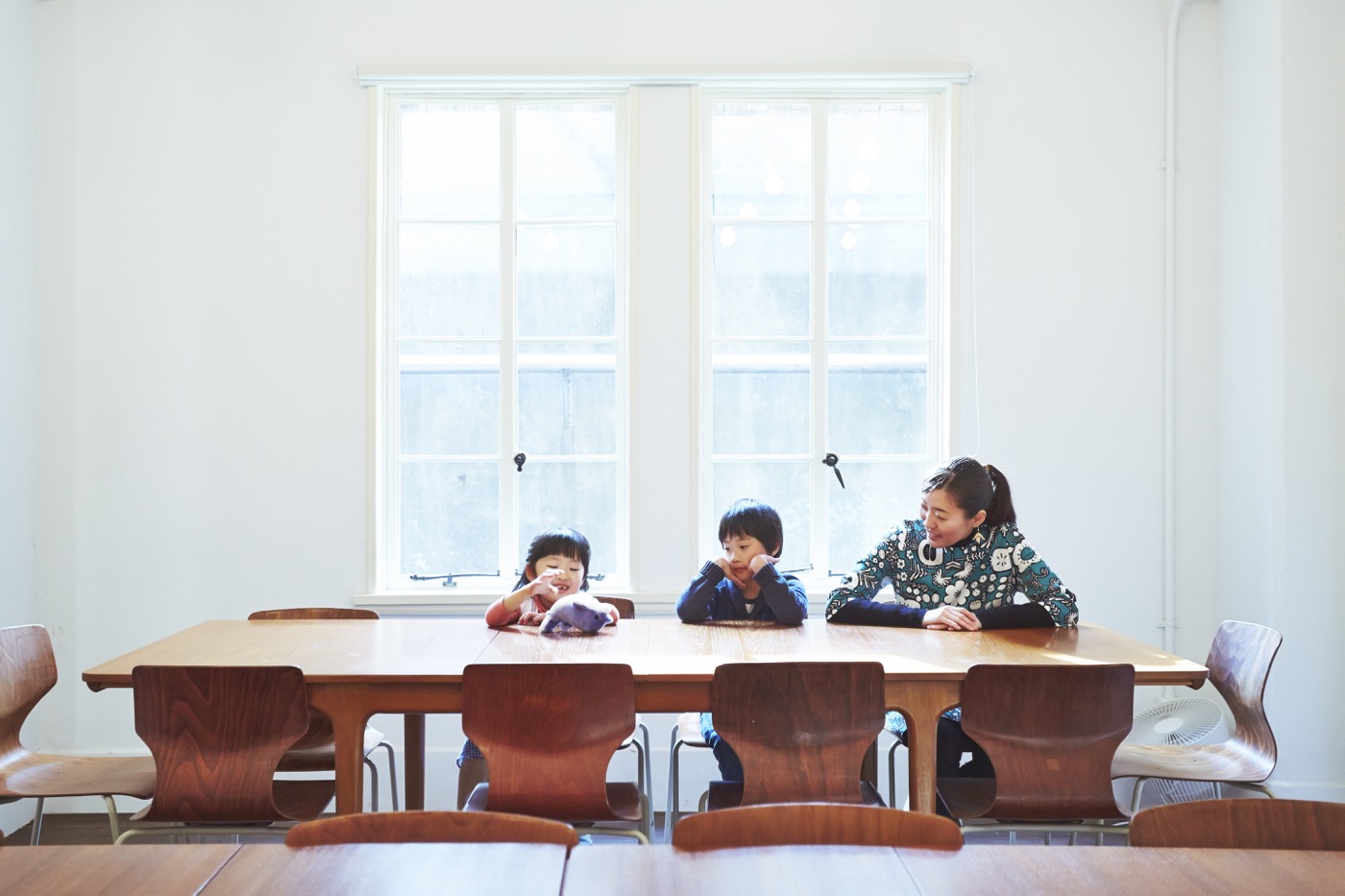
In the primary building of Tokyo University’s Research Center for Advanced Science and Technology, Professor of Assistive Technology Kenryu Nakamura launched a program for gifted youth called “ROCKET.” (Room of Children with Kokorozashi and Extraordinary Talents)
This project was conceived with the aim of discovering, nurturing and providing ongoing support to the talent and innovation that would build the future of Japan.
Of the numerous classrooms in the building, we were put in charge of designing the Kitchen, the Common Room and the Technical Suite.
Professor Nakamura specifically requested a design that wouldn’t coddle or pander specifically to children; the true meaning of which proved an exceedingly difficult concept to render into the final design.
For starters, the children had not yet been selected at the time of planning and even had we been able to meet them face to face and talk to them, they would be unlikely to provide any hint as to how to approach the design.
Expectations and foresight regarding how this space would be planned and what it would be used for was not entirely adequate from the traditional standpoint of an educator or a designer regarding children.
The design we put forth included a professional-grade kitchen to instill a sense of gravitas to those who use it. We also placed a new-generation 3D printer in the technical suite in trying to maintain the original atmosphere of the venerated research center.
Upon completion, Professor Nakamura noted that because the kitchen surfaces were made from stainless steel, on which dirt and stains are more noticeable, the children would be mindful to clean up after themselves before going home. He remarked that in an age where kitchen coatings are designed to hide and minimize any visible stains or uncleanliness, a surface that requires almost no elbow grease to clean does not impart a sense of value in taking care of things.
This project was conceived with the aim of discovering, nurturing and providing ongoing support to the talent and innovation that would build the future of Japan.
Of the numerous classrooms in the building, we were put in charge of designing the Kitchen, the Common Room and the Technical Suite.
Professor Nakamura specifically requested a design that wouldn’t coddle or pander specifically to children; the true meaning of which proved an exceedingly difficult concept to render into the final design.
For starters, the children had not yet been selected at the time of planning and even had we been able to meet them face to face and talk to them, they would be unlikely to provide any hint as to how to approach the design.
Expectations and foresight regarding how this space would be planned and what it would be used for was not entirely adequate from the traditional standpoint of an educator or a designer regarding children.
The design we put forth included a professional-grade kitchen to instill a sense of gravitas to those who use it. We also placed a new-generation 3D printer in the technical suite in trying to maintain the original atmosphere of the venerated research center.
Upon completion, Professor Nakamura noted that because the kitchen surfaces were made from stainless steel, on which dirt and stains are more noticeable, the children would be mindful to clean up after themselves before going home. He remarked that in an age where kitchen coatings are designed to hide and minimize any visible stains or uncleanliness, a surface that requires almost no elbow grease to clean does not impart a sense of value in taking care of things.
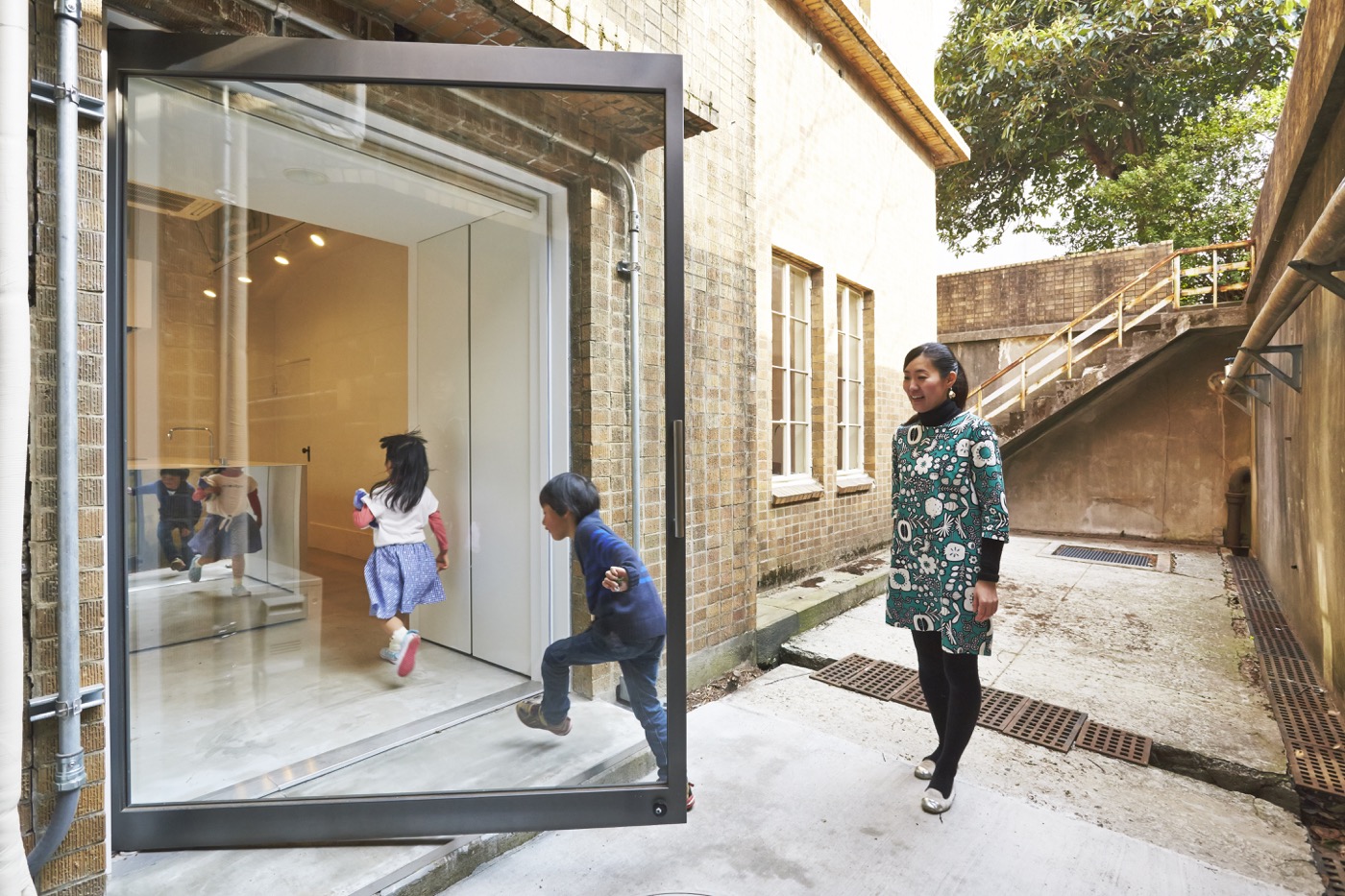
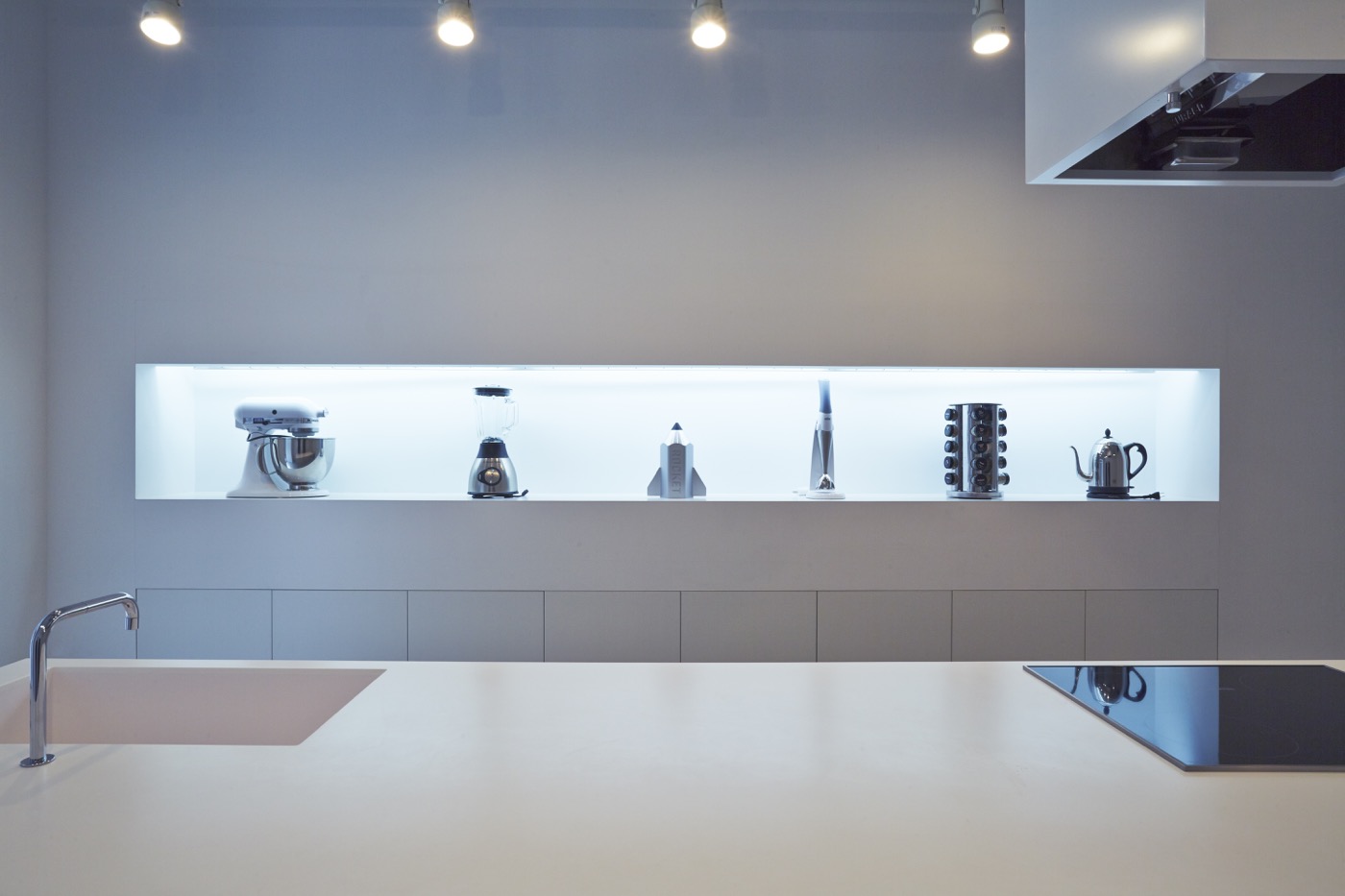
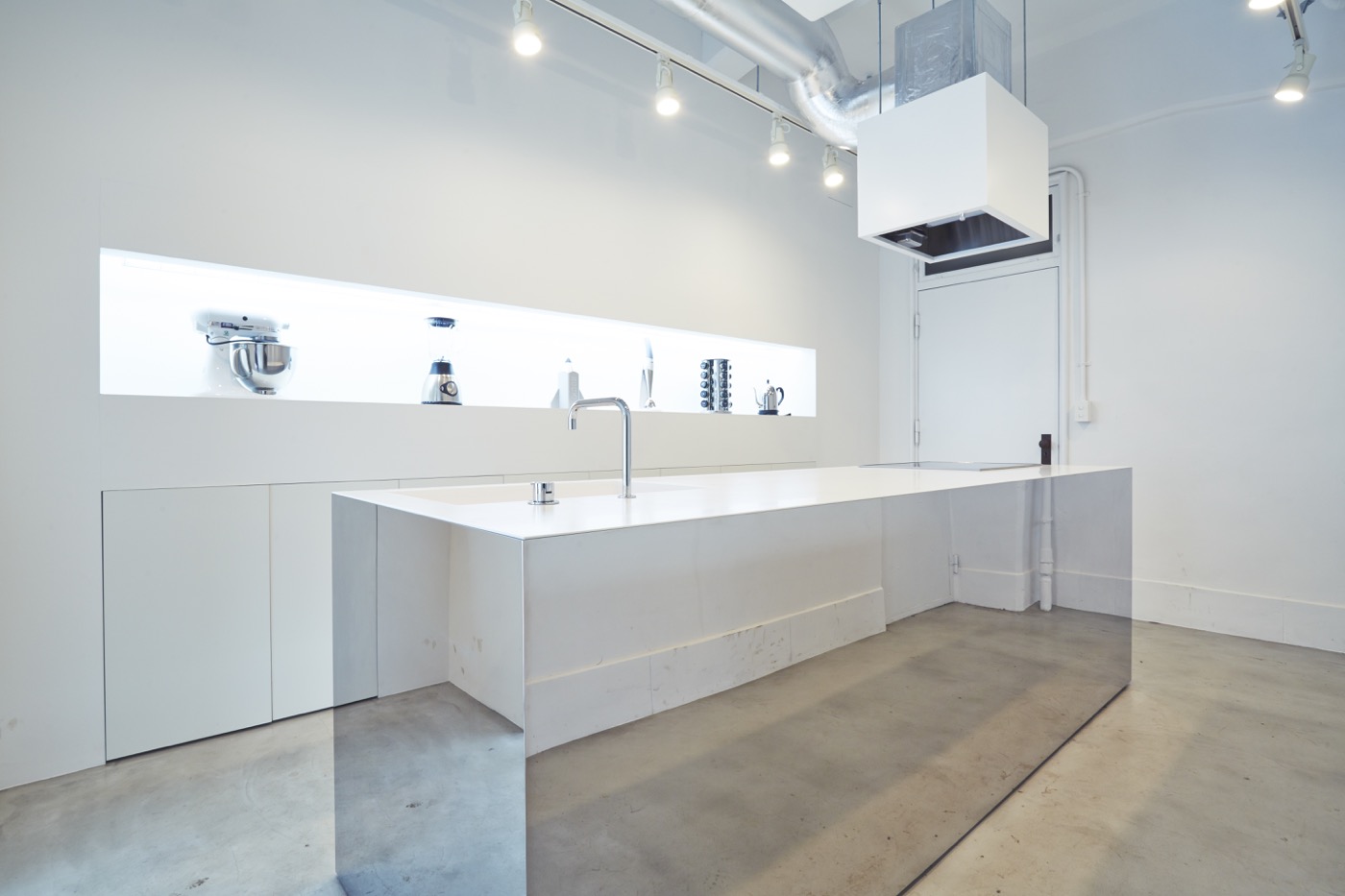
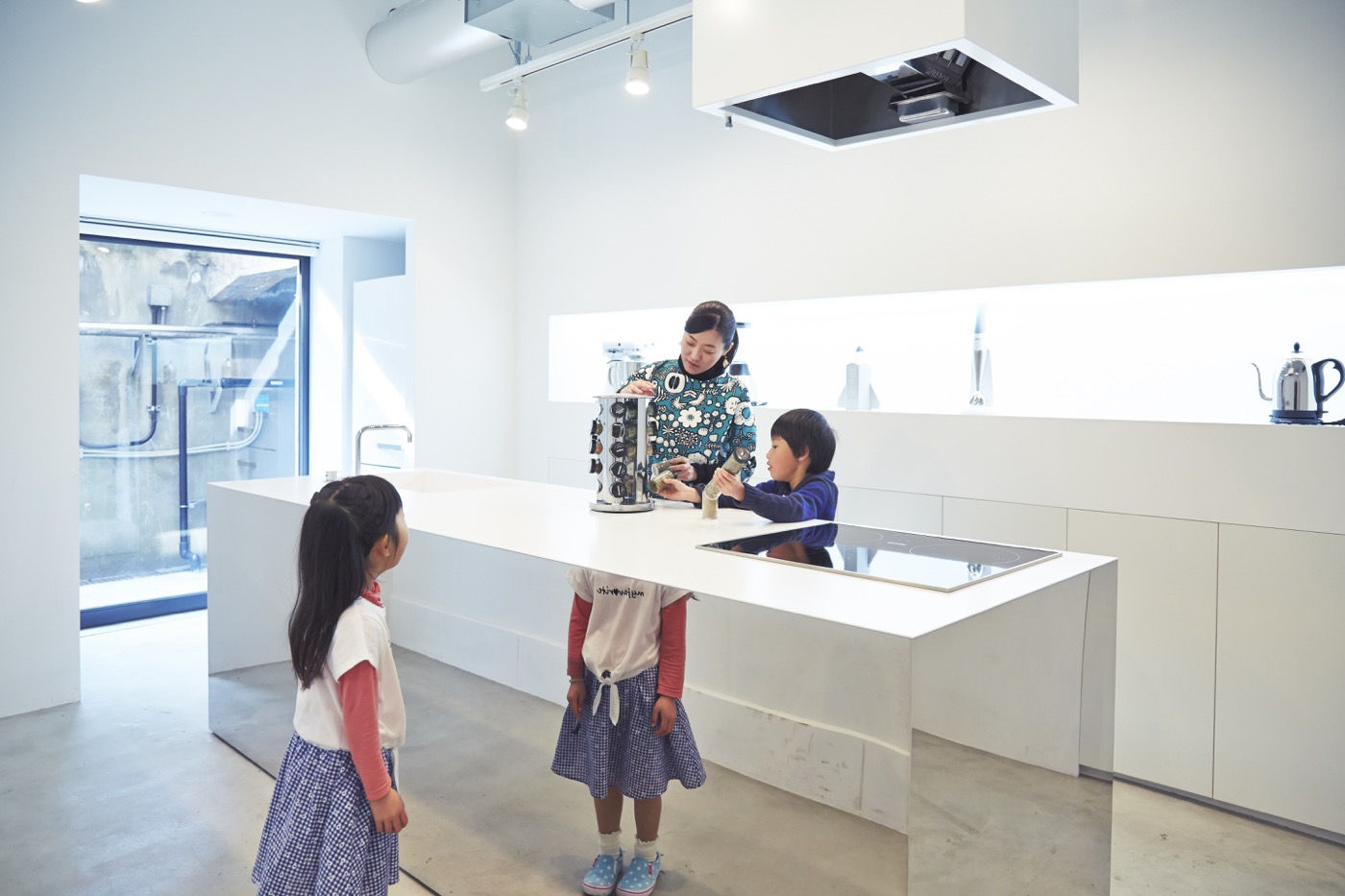
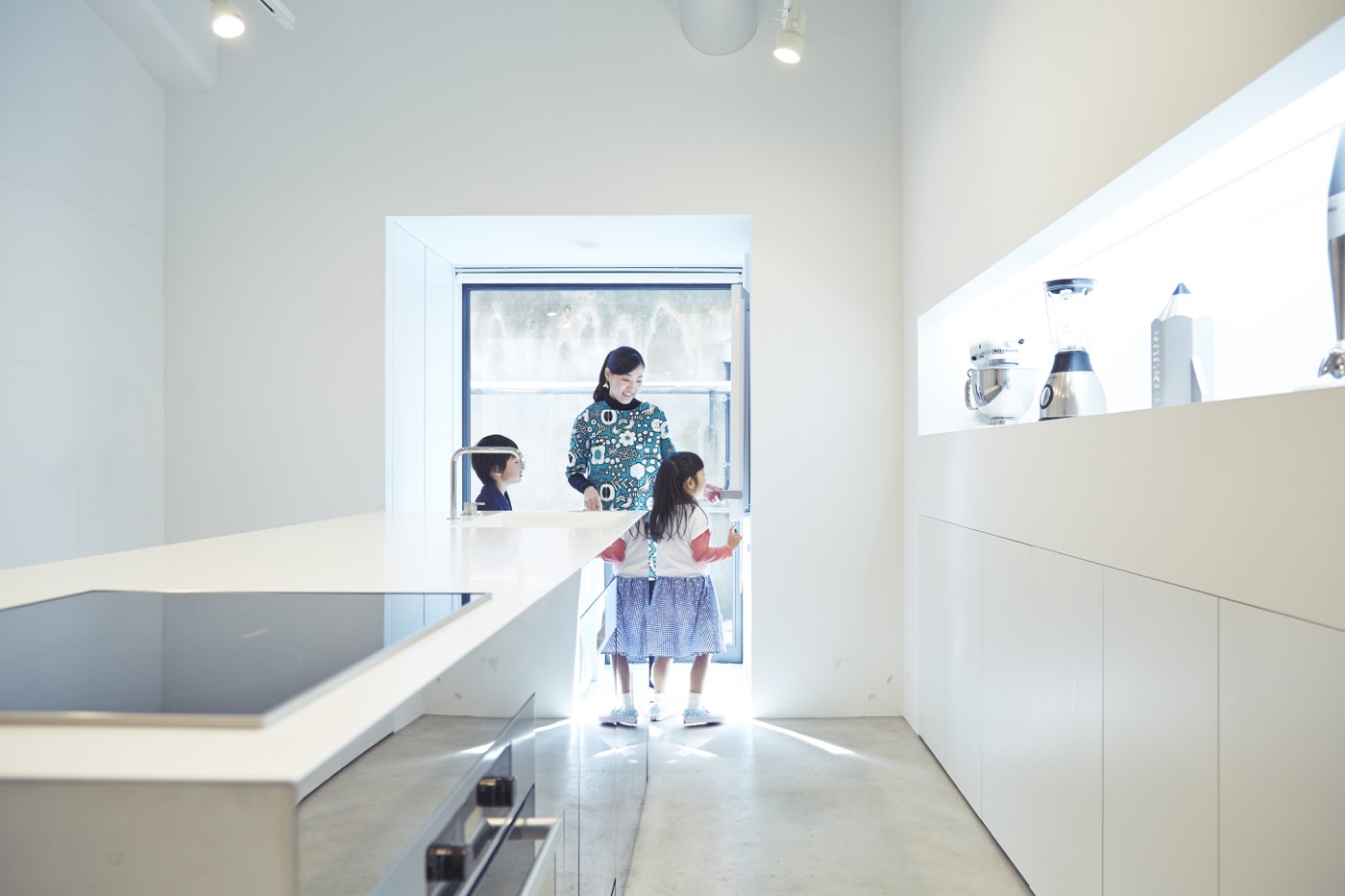
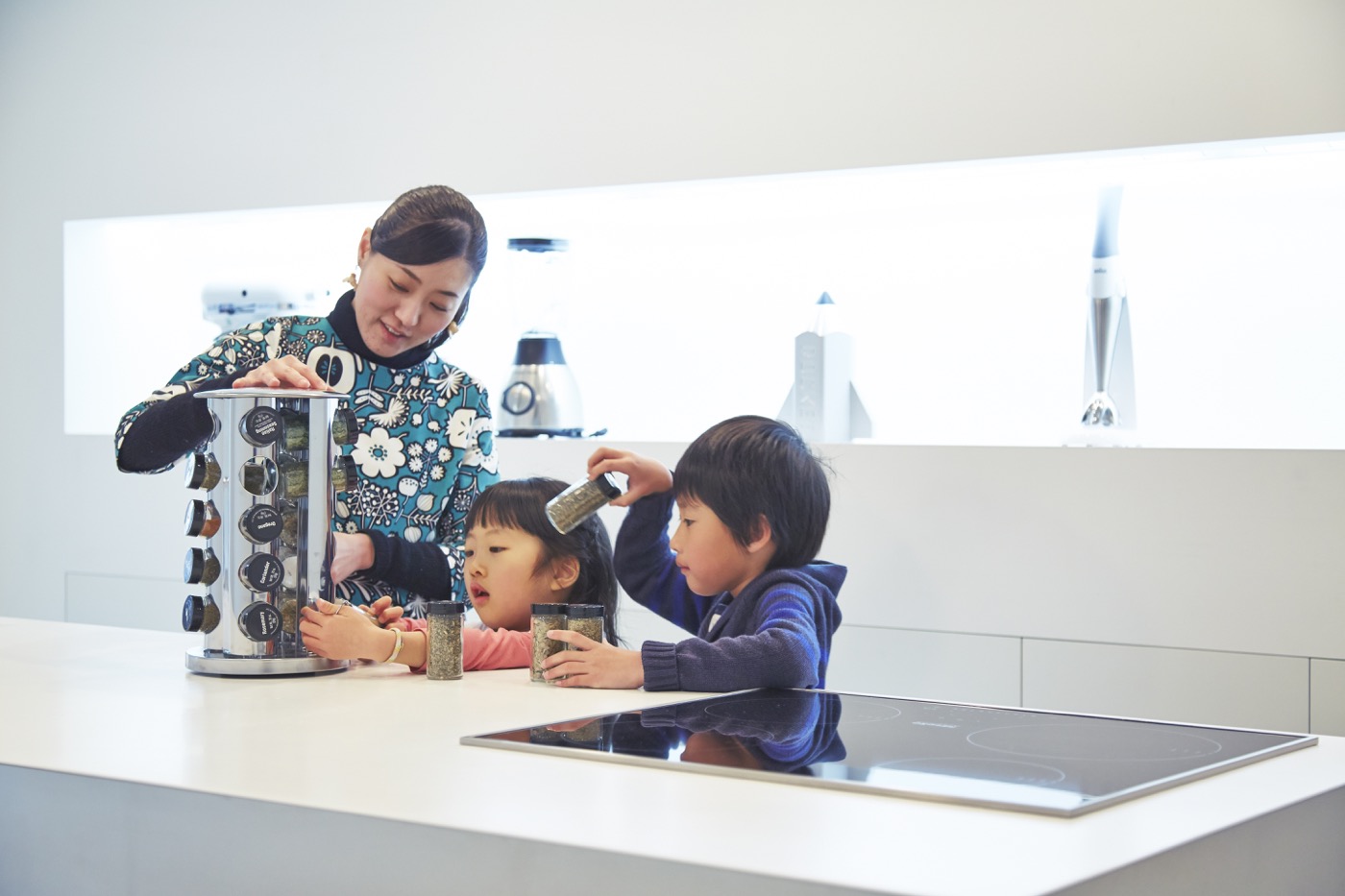
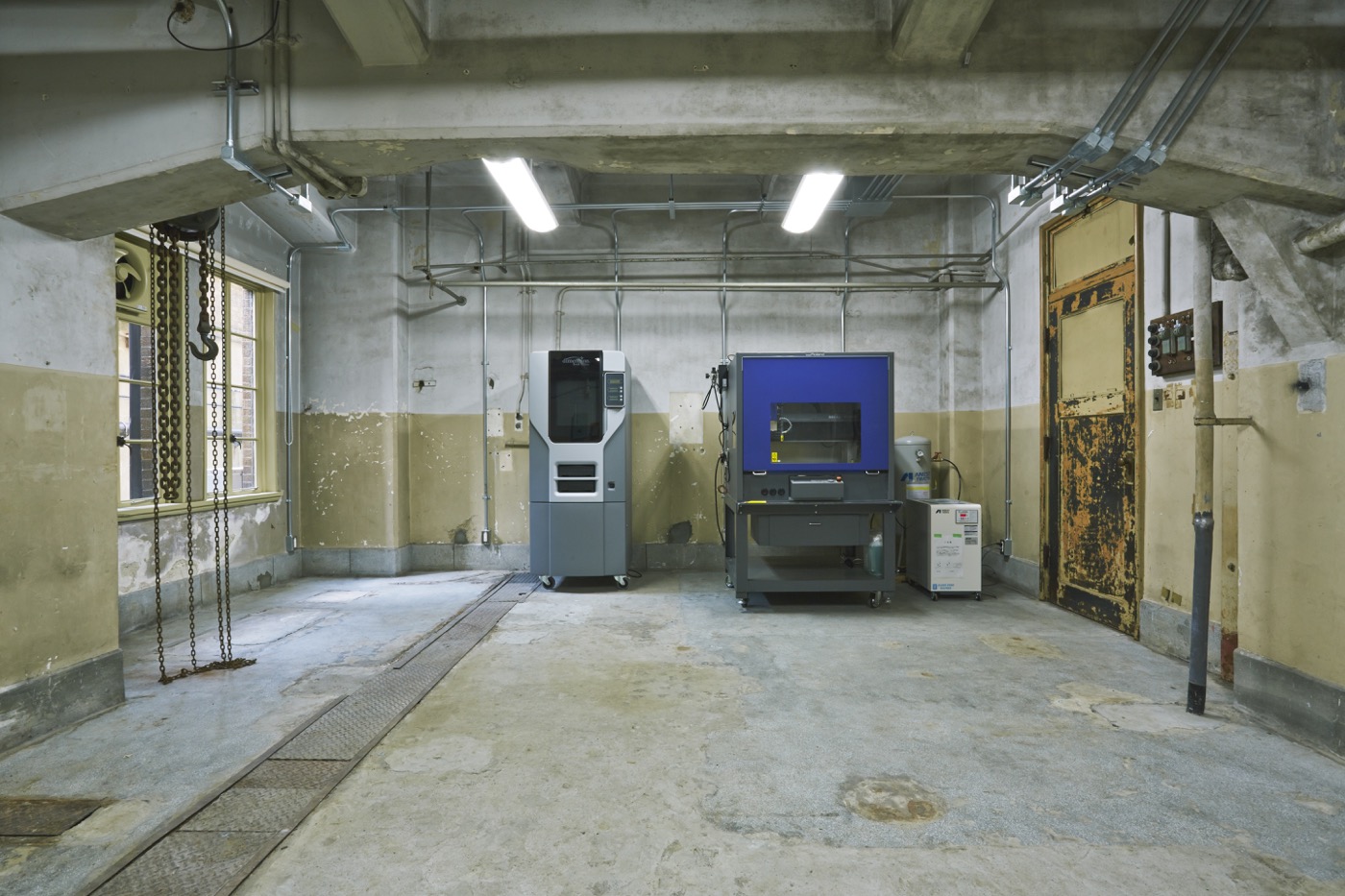
| 所在地 | 東京都目黒区 |
|---|---|
| 延床面積 | 83 m2 |
| プログラム | 研究所 |
| 撮影 | 川内 章弘 |
|---|
| Location | Meguro-ku, Tokyo, JAPAN |
|---|---|
| Floor Area | 83 sqm |
| Principle use | Laboratory |
| Photo | Akihiro Kawauchi |
|---|

竣工後、中邑教授は「ステンレス鏡面仕上げのキッチンは汚れが目立つからこそ、子どもは手入れをして帰ろうとする。世の中に溢れている、汚れてもいいコーティングでは、磨いたらキレイになる、ものを大事にしようといった感覚は、育みようがありません。」とおっしゃった。